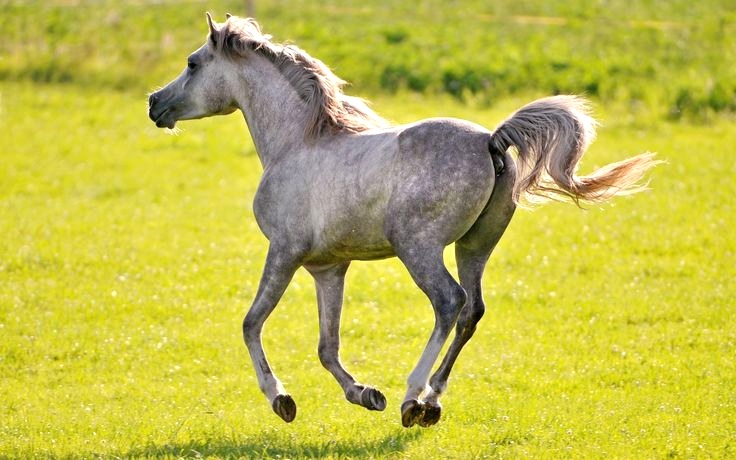Horse racing remains a popular sport around the world. Whether a person is a fan of the sport, or just someone who enjoys the occasional bet on the outcome of a race, one of the things that can have a huge impact on the outcome of a race is the size of the track. But, are all horse tracks the same size?
The Short Answer
The short answer is no. Horse tracks vary in size from track to track, and even from race to race. Tracks will often change the size and shape of the track depending on the type of race being run.
The Long Answer
The long answer to this question is more complex and requires a deeper look into the various types of horse tracks, and how they can differ in size and shape. To get a better understanding of the various sizes of horse tracks, let’s take a closer look at the three main types of horse tracks.
Dirt Tracks
Dirt tracks are the most common type of horse track and are found at most racetracks. Dirt tracks are usually oval in shape, with a circumference of approximately 1 mile. The width of the track is typically between 70 and 80 feet and the surface is composed of dirt, sand, and clay. The size of the track can vary depending on the type of race being run, with some tracks being slightly larger or smaller than others.
Turf Tracks
Turf tracks are becoming increasingly popular in the United States and Europe. These tracks have a much different surface than dirt tracks, with the surface made up of grass and sand. Turf tracks can be oval or rectangular in shape, and the size of the track can vary depending on the type of race being run. The most common size for a turf track is between 1 and 1.2 miles in circumference, with the width ranging from 80 to 90 feet.
Synthetic Tracks
Synthetic tracks are a relatively new type of track that has been gaining popularity in recent years. Synthetic tracks are made up of a combination of sand, rubber, and other materials, and are designed to be safer for horses and riders. Synthetic tracks are usually oval in shape, with a circumference ranging from 1 to 1.2 miles, and a width of between 70 and 90 feet.
Conclusion
As you can see, there is a wide variety of sizes and shapes when it comes to horse tracks, with each track having its own unique characteristics and qualities. While some tracks may be larger than others, the size of the track is not the only factor that can influence the outcome of a race. Track condition, weather, horse conditioning, and the jockey’s skill are all important factors that can have a huge impact on the outcome of a race.

